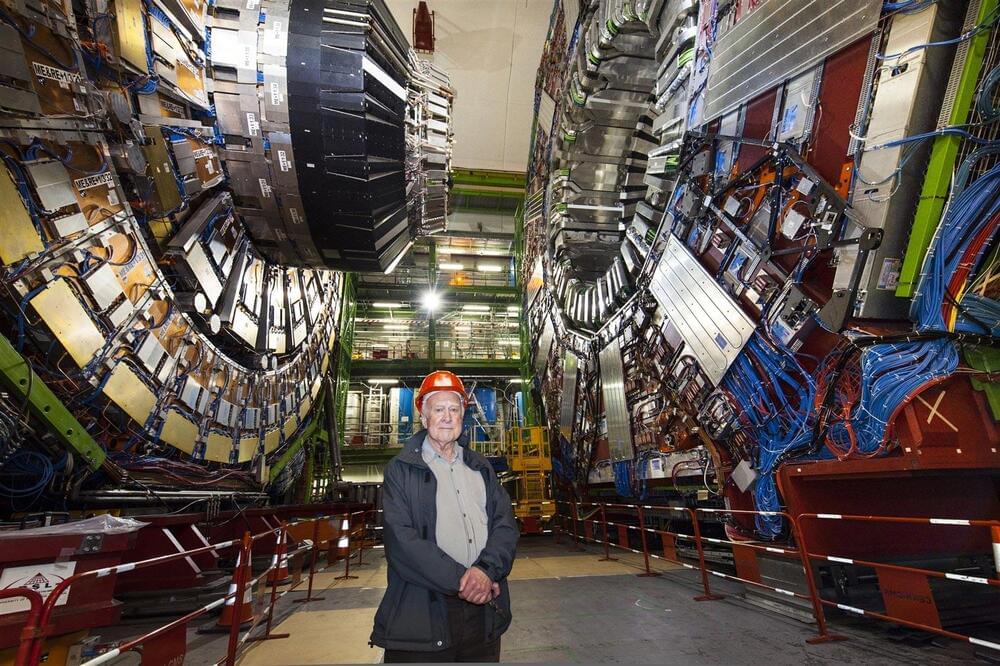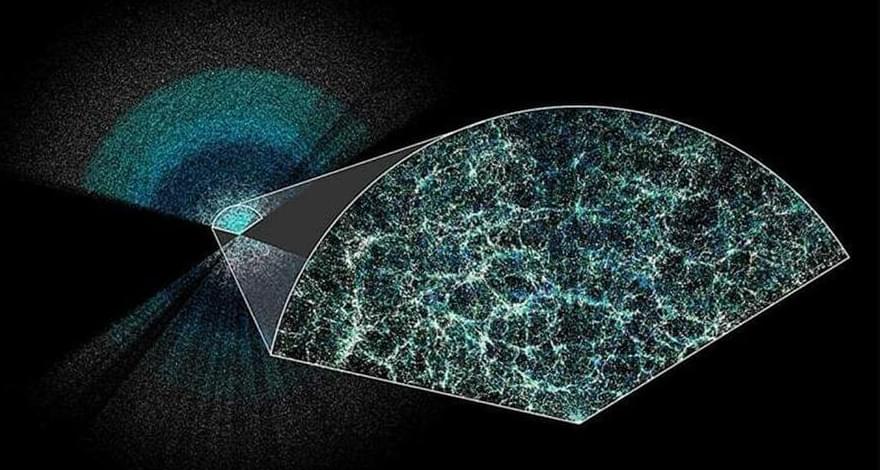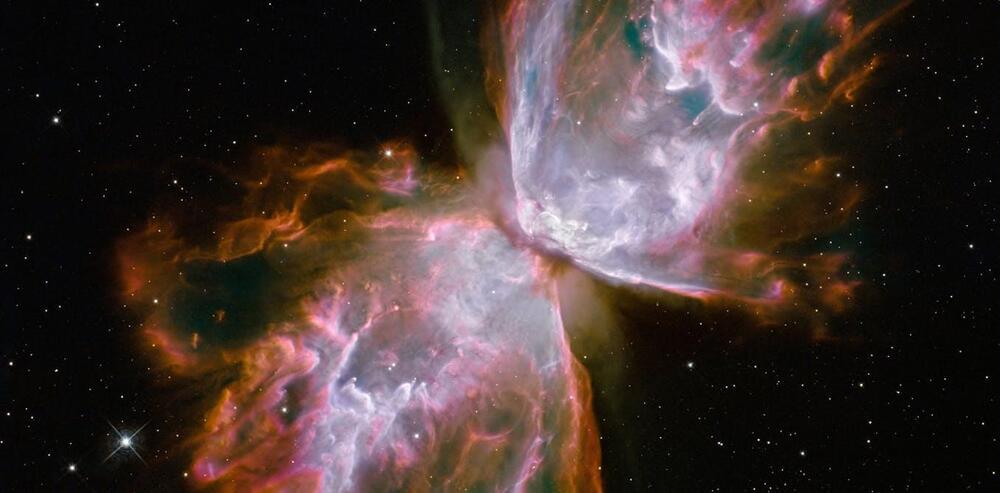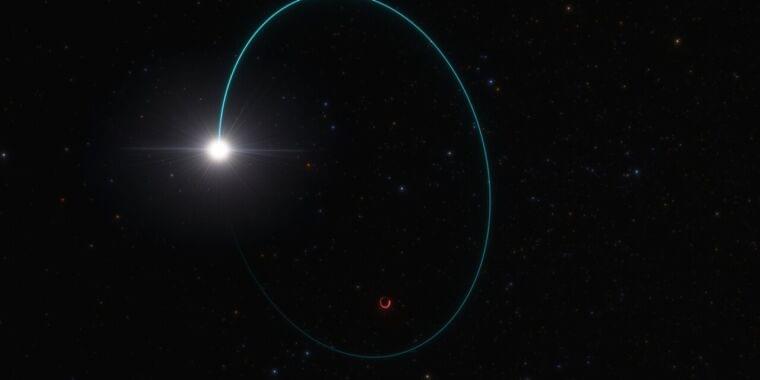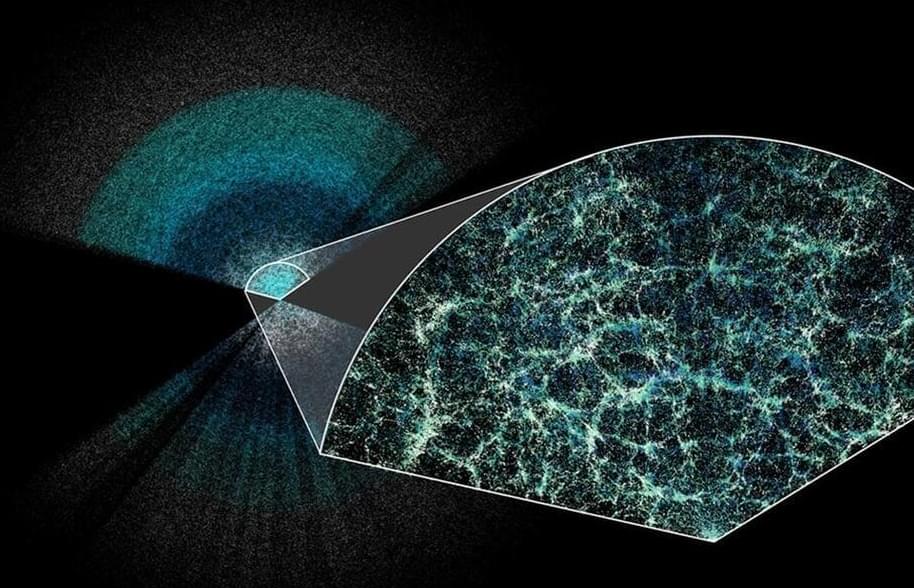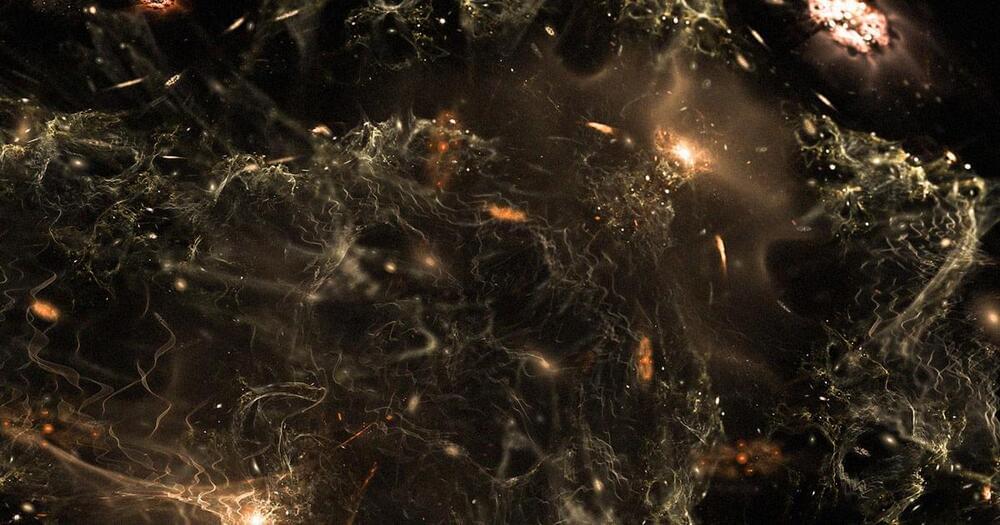Archive for the ‘cosmology’ category: Page 8
Apr 17, 2024
Enhanced Interactions Using Quantum Squeezing
Posted by Saúl Morales Rodriguéz in categories: cosmology, quantum physics
A quantum squeezing method can enhance interactions between quantum systems, even in the absence of precise knowledge of the system parameters.
Squeezed states are an important class of nonclassical states, where quantum fluctuations can be reduced in one property of a system, such as position. However, at the same time, according to the Heisenberg uncertainty principle, quantum fluctuations increase in the conjugate property, in this case momentum. The ability to suppress noise in at least one variable is valuable in a wide range of areas in quantum technologies. Now Shaun Burd at the National Institute of Standards and Technology, Colorado, and colleagues have experimentally demonstrated a squeezing-based enhancement method that requires no preknowledge of the system’s parameters [1]. The researchers use a trapped-ion system (Fig. 1) and show that they can amplify the motion of the ion using a combination of squeezing procedures. This experimental research can stimulate other novel applications of squeezing, for example, in dark matter searches.
For decades, quantum squeezing has played a central role in high-precision quantum measurements, such as gravitational-wave detection [2, 3] and nondemolition qubit readout [4– 6]. The methods typically involve applying a field or inserting an optical element that reduces the fluctuations in one observable. The measurements of this squeezed observable can beat the standard quantum limit and thus enable a significant improvement in the detection sensitivity or the readout signal-to-noise ratio.
Apr 17, 2024
CERN Pays Tribute to Peter Higgs — “God Particle” Physicist Passes Away at 94
Posted by Saúl Morales Rodriguéz in categories: cosmology, particle physics
Peter Higgs, pivotal in the discovery of the “God Particle,” has died at the age of 94. His groundbreaking work, for which he received a Nobel Prize, laid the foundation for understanding the universe’s fundamental structure and continues to guide current and future research in particle physics.
Peter Higgs has passed away at the age of 94. An iconic figure in modern science, Higgs in 1964 postulated the existence of the eponymous Higgs boson. Its discovery at CERN in 2012 was the crowning achievement of the Standard Model ℠ of particle physics – a remarkable theory that explains the visible universe at the most fundamental level.
Alongside Robert Brout and François Englert, and building on the work of a generation of physicists, Higgs postulated the existence of the Brout-Englert-Higgs (BEH) field. Alone among known fundamental fields, the BEH field is “turned on” throughout the universe, rather than flickering in and out of existence and remaining localized. Its existence allowed matter to form in the early universe some 10-11 s after the Big Bang, thanks to the interactions between elementary particles (such as electrons and quarks) and the ever-present BEH field. Higgs and Englert were awarded the Nobel Prize for physics in 2013 in recognition of these achievements.
Apr 17, 2024
Largest 3D map of our universe could ‘turn cosmology upside down’
Posted by Quinn Sena in category: cosmology
Scientists using the Dark Energy Spectroscopic Instrument have unveiled the largest 3D map of the universe ever. The results suggest that dark energy, the mysterious force pulling the universe apart, may be weakening, challenging prevailing theories of cosmology.
Apr 17, 2024
Exploding Stars are Rare but Emit Torrents of Radiation—one close enough to Earth could Threaten Life on the Planet
Posted by Natalie Chan in categories: cosmology, nuclear energy
Stars like the sun are remarkably constant. They vary in brightness by only 0.1% over years and decades, thanks to the fusion of hydrogen into helium that powers them. This process will keep the sun shining steadily for about 5 billion more years, but when stars exhaust their nuclear fuel, their deaths can lead to pyrotechnics.
The sun will eventually die by growing large and then condensing into a type of star called a white dwarf. But stars more than eight times more massive than the sun die violently in an explosion called a supernova.
Supernovae happen across the Milky Way only a few times a century, and these violent explosions are usually remote enough that people here on Earth don’t notice. For a dying star to have any effect on life on our planet, it would have to go supernova within 100 light years from Earth.
Apr 17, 2024
Second-biggest black hole in the Milky Way found
Posted by Shubham Ghosh Roy in category: cosmology
Apr 17, 2024
Dark energy could be getting weaker, suggesting the universe will end in a ‘Big Crunch’
Posted by Dan Breeden in category: cosmology
I found this on NewsBreak: Dark energy could be getting weaker, suggesting the universe will end in a ‘Big Crunch’
The first year of Dark Energy Spectroscopic Instrument (DESI) data seems to show that dark energy is weakening over time, possibly the biggest cosmological discovery for 25 years.
Apr 17, 2024
Unraveling Dark Energy and Cosmic Expansion With an 11-Ton Time Machine
Posted by Dan Breeden in categories: cosmology, mapping, time travel
I found this on NewsBreak: Unraveling Dark Energy and Cosmic Expansion With an 11-Ton Time Machine.
Apr 17, 2024
Most massive stellar black hole in the Milky Way discovered ‘extremely close’ to Earth
Posted by Dan Breeden in categories: cosmology, physics
I found this on NewsBreak: Most massive stellar black hole in the Milky Way discovered ‘extremely close’ to Earth.
Astronomers have found the most massive stellar-mass black hole ever discovered in our galaxy — and it’s lurking “extremely close” to Earth, according to new research.
The black hole, named Gaia BH3, is 33 times more massive than our sun. Cygnus X-1, the next-biggest stellar black hole known in our galaxy, weighs only 21 solar masses. The newfound black hole is located roughly 2,000 light-years away in the constellation Aquila, making it the second-closest known black hole to Earth.
Apr 17, 2024
Top Astronomers Gather to Confront Possibility They Were Very Wrong About the Universe
Posted by Kelvin Dafiaghor in category: cosmology
A number of high-profile astronomers are set to convene at London’s Royal Society to question some of the most fundamental aspects of our understanding of the universe.
As The Guardian reports, the luminaries of cosmology will be re-examining some basic assumptions about the universe — right down to the over-a-century-old theory that it’s expanding at a constant rate.
“We are, in cosmology, using a model that was first formulated in 1922,” coorganizer and Oxford cosmologist Subir Sarkar told the newspaper, in an apparent reference to the year Russian astronomer Alexander Friedmann outlined the possibility of cosmic expansion based on Einstein’s general theory of relativity.


